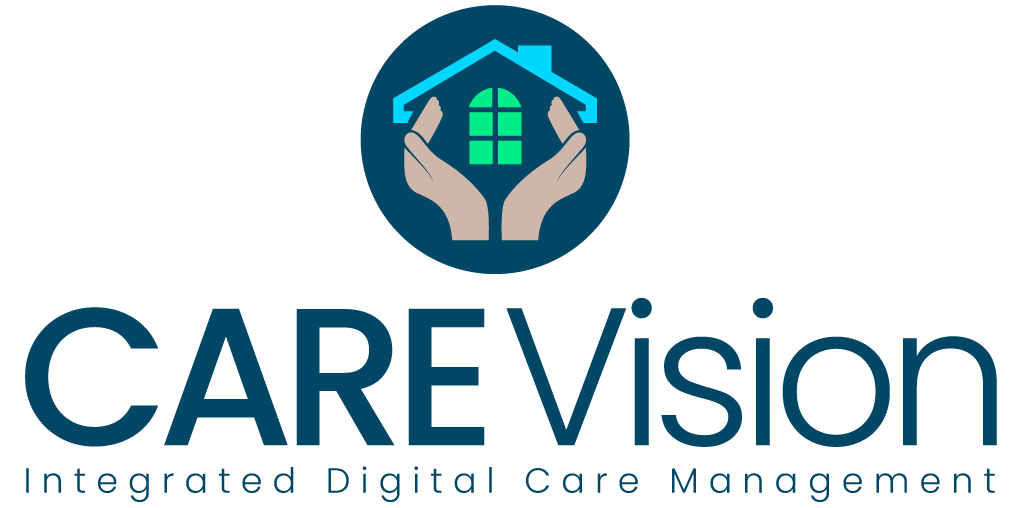When you as a care home manager recruit a new member of staff, you look not only for evidence of relevant experience and ‘technical’ prowess, but also the right human attributes that you make them a good carer and strong fit for your team. The same should go for your IT and digital tools. While any systems you select must be able to do the jobs you need it to, it must also display the right attributes to allow you to provide care that retains a human touch, rather than simply turning into an automated process. You need to be able to ‘get on’ with it, understand how to get the best out of your interactions with it know how to integrate it into the team. In other words, treat it like a valued member of your team.
Humanity – and putting the residents of your care setting at the heart of all decision-making and care processes – is what turns a standard care home experience into a more fulfilling and meaningful way of life for everyone involved. Digital care management software like Care Vision, which has been specifically designed by experts to combine the human side of care with cutting-edge technical support makes this worthwhile aim far easier to achieve. It offers greater insights and increased support for everyone involved in care home residents’ care and wellbeing.
Here are some ways in which Care Vision can help care teams manage their tasks effectively while promoting and protecting the human side of looking after those in their care.
More ‘human’ experiences
Thanks to AI and the advance in technology, digital care systems can ‘learn’ what users want and how they like to interact with the software. Interactive dashboards make accessing the various functions easier and the system can be set-up to closely reflect the habits and though processes of those who use it most. Care home managers can create a bespoke menu of the functions they use most frequently.
Just as we like to have our most familiar or most useful belongings nearest to us, so a digital care management system can be set up in the same way for reassurance and ease of use. Users can choose languages, add or remove features and spend time making digital ‘friends’ with the system to get to know it better.
A virtual assistant for the care sector
The term ‘virtual assistant’ has grown in usage recently, especially with the advent of technology such as ‘Alexa’, Siri’ and other tools that can listen to spoken commands and learn the preferences of their human users. In a similar way, digital care management systems such as Care Vision can be configures to act as a virtual assistant. The software can take over many functions once handled by a human being. These can include invoicing and billing, communicating with staff, updating residents’ records and keeping track of suppliers.
Care Vision can also send reminders and alert managers to impending issues, just as a human assistant who is keen to support their colleagues and prevent problems from occurring would do.
Human-digital partnership
We all enjoyed films like The Terminator and Blade Runner back in the day that saw humans and technology partner up to get the most out of both sides’ strengths. Care Vision’s digital care management software aims to do similar (perhaps without the demands for ‘your clothes, your boots and your motorcycle…’) The system was designed by people who understand the care sector very well and know the specific challenges it places on those who work within it. So, the system is based on the premise of a partnership between humans seeking to enhance the quality of care they can provide and the best technology available that can support their specific goals.
Much of Care Vision is set up to enable and promote human contact and sharing of information. For example, the various monitoring tools enable care teams to discuss residents’ needs based on clear evidence.
The 24/7 accessibility allows care teams to share updates at any time for the benefit of residents needing immediate support. Feedback mechanisms allow care teams, residents and families to have their feelings and experiences recorded digitally and acted upon with humanity.





